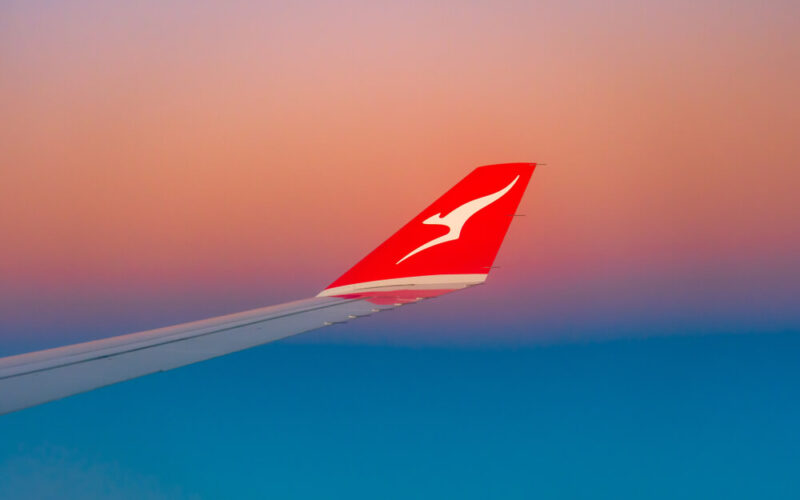Australia’s Qantas still intends to restart international flights from December 18, 2021, with a decision likely coming in two weeks on operating its flagship London route from Darwin or Singapore instead of Perth.
“The pace of the vaccine rollout means we’re still on track for international flying to restart from 18 December onwards,” Qantas chief executive Alan Joyce said in a statement on September 27, 2021.
Qantas has been unable to run scheduled international flights due to Australia’s strict border policies designed to halt the spread of COVID. Joyce said there were encouraging signs in terms of demand.
“People are clearly keen to travel. We saw a 175% spike in web searches in the week after we announced our plans and we’ve seen strong bookings for December and January for our flights to London, Los Angeles and Singapore in particular.”
Due to ongoing curbs in western Australia, the airline is looking at rerouting its Perth-London service until at least April 2022.
Qantas is in talks with the Northern Territories government about flying via Darwin, which it has used as a hub for repatriation flights during the pandemic. If Darwin is not possible, the route will instead fly Melbourne-Singapore-London.
Joyce noted that quarantine rules would be crucial to demand, praising a trial of a home quarantine scheme in New South Wales.
Qantas has also brought forward the planned restart of flights between Victoria, where Melbourne is located, and New South Wales, where Sydney is, to November 5, 2021, compared with initial plans to resume on December 1, 2021.
“We’re now planning to ramp up flying between Melbourne and Sydney, which is usually the second busiest air route in the world, almost a month earlier than expected,” Joyce noted.
The carrier also said it would increase regional flying within New South Wales from 25 October 2021 to around 40 per cent of pre-COVID levels.

